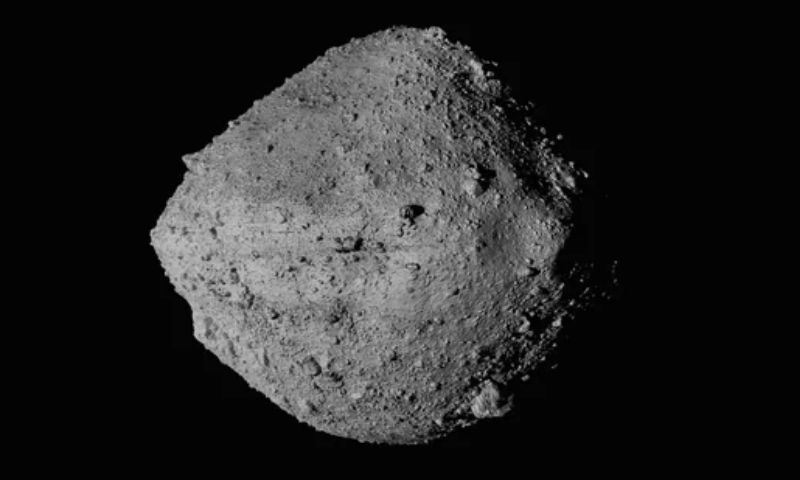UTAH: A NASA spacecraft is set to conclude its seven-year mission by landing in the Utah desert on Sunday, carrying with it the largest asteroid sample ever collected.
NASA’s Osiris-Rex probe is embarking on its final journey as it returns to Earth, bringing along approximately nine ounces (250 grams) of dust collected from the surface of the asteroid Bennu. This precious sample is expected to provide valuable insights into the formation of our solar system and Earth’s habitability.
The spacecraft’s re-entry into Earth’s atmosphere will be a challenging one, with a landing scheduled at around 9:00 AM local time (15:00 GMT) on a military test range in northwestern Utah. The capsule, having journeyed for four years since its 2016 launch, will release the sample from an altitude exceeding 67,000 miles (108,000 kilometers), initiating a rapid descent at speeds exceeding 27,000 miles per hour, subjecting it to temperatures of up to 5,000 Fahrenheit (2,760 Celsius).
This perilous journey through the atmosphere will be closely monitored and involves the deployment of two parachutes to slow the descent. Failure to deploy these parachutes correctly could result in a “hard landing,” risking the loss of the precious cargo.
ALSO READ: NASA Joins Controversial Search for UFOs
Upon a successful landing, a team equipped with protective gear will swiftly transfer the capsule to a net, airlifting it via helicopter to a nearby “clean room.” The urgency is to prevent any contamination of the sample with desert sands, which could affect research outcomes.
Subsequently, the sample will be flown to NASA’s Johnson Space Center in Houston, Texas, where it will be carefully opened in another “clean room” to commence a multi-day process of analysis.
NASA is planning to share its initial findings at a news conference scheduled for October 11. Most of the sample will be preserved for future studies, with a portion being used immediately for experiments and some sent to Japan and Canada, who are mission partners.
These asteroid samples offer a unique opportunity to gain insights into the origins of our solar system, providing information that may help explain how life on Earth began. Asteroids, rich in carbon and water molecules, are believed to have played a role in delivering organic material and water to our planet, fostering the development of life.
Additionally, Bennu’s composition is of particular interest due to a slight but non-zero possibility of a catastrophic collision with Earth, although not expected until 2182. NASA’s successful asteroid deflection test last year highlights the importance of understanding and potentially mitigating such risks in the future.






















